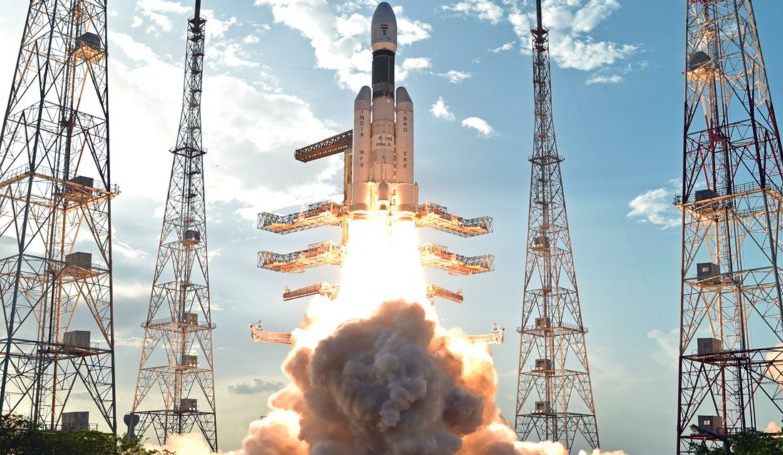India is opening up its space agency facilities to allow private firms and startups to build satellites and rockets announced Finance Minister Nirmala Sitharaman on Saturday.
“Indian private sector will be a co-traveller in India’s space journey”, Sitharaman said, adding that “we will provide a predictable policy and regulatory environment to private players.”
The landmark reform in private participation in space activities was part of a speech outlining a new economic plan for eight business sectors to combat the crippling financial effects of the coronavirus pandemic.
Prior to a slowdown in economic growth, ISRO (Indian Space Research Organisation) has seen a number of successes in recent years including an historic launch of 104 satellites on a single mission in 2017 and a Mars Orbiter Mission that has been circling the Red Planet for over five years.
It has also seen a few failures too, such as repetitive losses of its Geosynchronous Satellite Launch Vehicle and an unfortunate ending to its Chandrayaan-2 lander, which lost contact with mission control shortly after plummeting to the lunar surface last year.
However, despite the setbacks, ISRO is working hard on realising a number of space ambitions in the next decade such as a return to the Moon with Chandrayaan-3 and the start of its human spaceflight programme in an orbital spacecraft called Gaganyaan.
Although companies like Skyroot Aerospace, Solar Industries India, L&T and Godrej Space are already working with ISRO on rocket systems and other space-related technologies, India now wants to boost its space sector further by letting more private firms in on the game.
“ISRO has brought the country many laurels; however, today the private sector is also doing a lot of work in the space arena and a lot of individuals and start-ups have spent a lot of time developing space-related technology but unfortunately due to Indian regulations, they are unable to use ISRO’s available facilities for even testing their products,” said Sitharaman.
"We want to help Indian startups that are doing pioneering work," she added.
The governments bid to transform the Indian economy into a self-reliant system has drawn criticism from some though, who took to Twitter to accuse the government of putting India up for sale.
“Here goes the last bastion of public sector exclusivity, excellence and delivery. In ten years, ISRO might be reduced to a pale shadow of itself, as its best will simply be poached away,” wrote Sandeep Manudhane, an educationist in Science and Technology in a recent Tweet.
Others however hoped the move would pave the way forward for the emergence of the country’s own SpaceX-like company.
Whether the move ultimately turns out to be a good one or not, chances are people will start clambering to take advantage of the new offer because of India’s close proximity to the equator.
Rockets launched from equatorial locations get an extra boost in speed, thanks to the Earth’s rotation. Land at the equator is moving 1674 km per hour, whereas land halfway to the pole for example is only moving 1180 km per hour. Launching from the equator makes the spacecraft move almost 500 km/hour faster once off the round, meaning that rockets can carry larger payloads while also requiring less fuel to reach some orbits.
As there aren’t many options on Earth for launching that close to the equator, India’s two launch sites might now give the Korou spaceport in Guiana a run for its money.
If you've enjoyed reading this article, please consider subscribing to ROOM Space Journal to gain immediate and full access to the latest magazine feature articles and receive your own print and/or digital copies of ROOM magazine delivered direct to your door or electronically.











